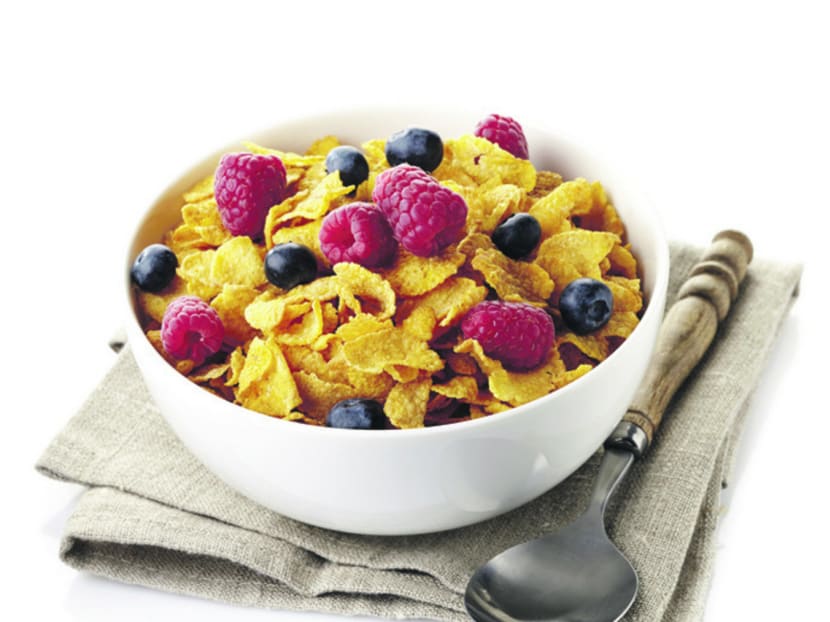Eat less sugar? Savoury foods can be quite sweet too
NEW YORK — Health officials say people should eat less sugar. But that’s easier said than done. Anyone who has tried cutting down on sugar knows to avoid cookies, sodas and candy. But sugar can be hidden in lots of other common packaged food.

Determining whether food products contain naturally occurring or added sugars
can be difficult.
Photo: Getty Images
NEW YORK — Health officials say people should eat less sugar. But that’s easier said than done. Anyone who has tried cutting down on sugar knows to avoid cookies, sodas and candy. But sugar can be hidden in lots of other common packaged food.
The World Health Organization finalised guidelines on Wednesday, saying people should keep intake of added sugars to only 5 to 10 per cent of overall calories, which translates to about 25g to 50g of sugar a day for most people. The guidelines don’t apply to naturally occurring sugars in fruits, vegetables and milk, since they come with essential nutrients.
In the United States, adults get about 11 to 15 per cent of their calories from sugar; the figure for children exceeds that, at about 16 per cent. By comparison, sugar intakes in Europe range from about 7 per cent in Hungary to nearly 25 per cent in Portugal.
But many people aren’t aware of how much sugar they’re eating every day. That’s one reason the US Food and Drug Administration is proposing the first overhaul of nutrition labels in two decades. In addition to highlighting the number of calories per serving in a bigger, bolder font, the new proposed labels will also for the first time, list sugars that were added by manufacturers.
In the meantime, though, companies don’t currently disclose how much of the sugar listed in the nutrition panels of their products are added rather than naturally occurring. Here are seven examples of foods that may have added sugar or another sweetener such as high-fructose corn syrup as an ingredient:
SALAD DRESSING: Picking a salad over a ham sandwich seems like a virtuous choice. But the amount of sugar in a salad can vary depending on the dressing you put on top of it. Some dressings have been known to contain up to 4g (about 1 teaspoon) of sugar per serving (which is about 2 tablespoons).
CANNED OR POWDERED SOUP: A cup of soup is a comforting thought, but even savoury food can have sugar. Some soups can have as much as 4g of sugar per serving (with a can containing two servings).
YOGURT: Another seemingly healthy choice that can come with lots of sugar. Some of the sugar is naturally occurring from the dairy, but companies add sweeteners too (up to 17g (about 4 teaspoons) of sugar in some cases).
BREAD: That toast you’re about to smother with jam may have already been a little sweetened, particularly enriched white bread, which can have about 2g (about half a teaspoon) of sugar per two slices.
PEANUT BUTTER: It depends on the variety you pick, but peanut butter can come with added sugar too. Skippy’s Super Chunk variety lists 7g (almost 2 teaspoons) of sugar per serving (2 tablespoons).
CEREAL: Most people know that cereal has sugar, especially the varieties for kids. In some cases, you may be surprised that there isn’t much difference between options. Special K with Red Berries, for instance, has 9g (more than 2 teaspoons) per serving (1 cup), while the frosted flakes option has 10g (2.5 teaspoons) of sugar per serving.
FROZEN MEALS: In case it isn’t clear by now, just because it’s not dessert doesn’t mean it doesn’t have added sugar. Some microwavable pizzas have as much as 7g of sugar in a single-serving pie. AP





